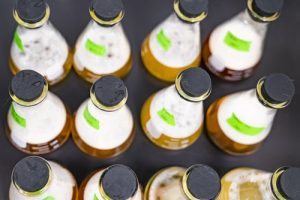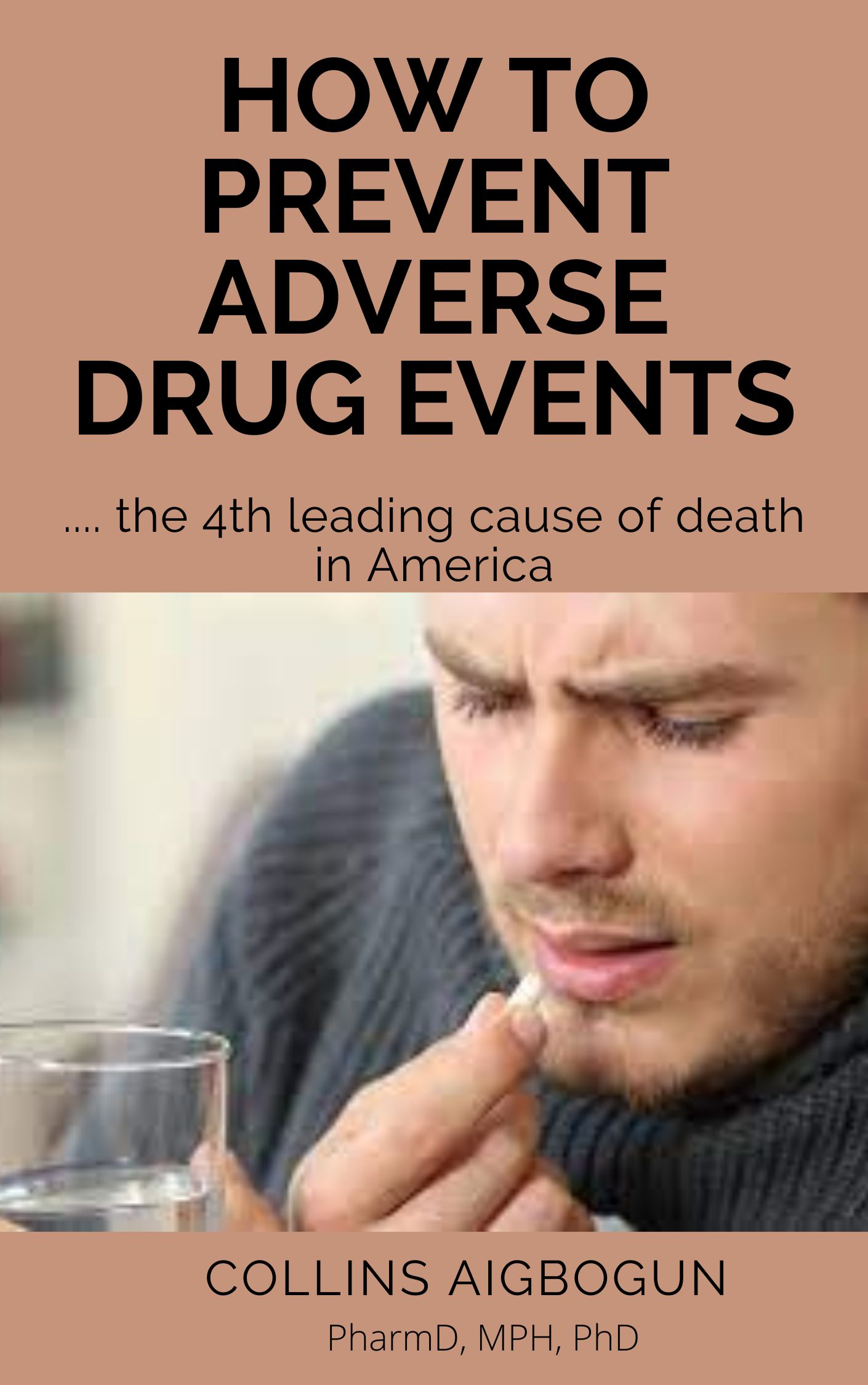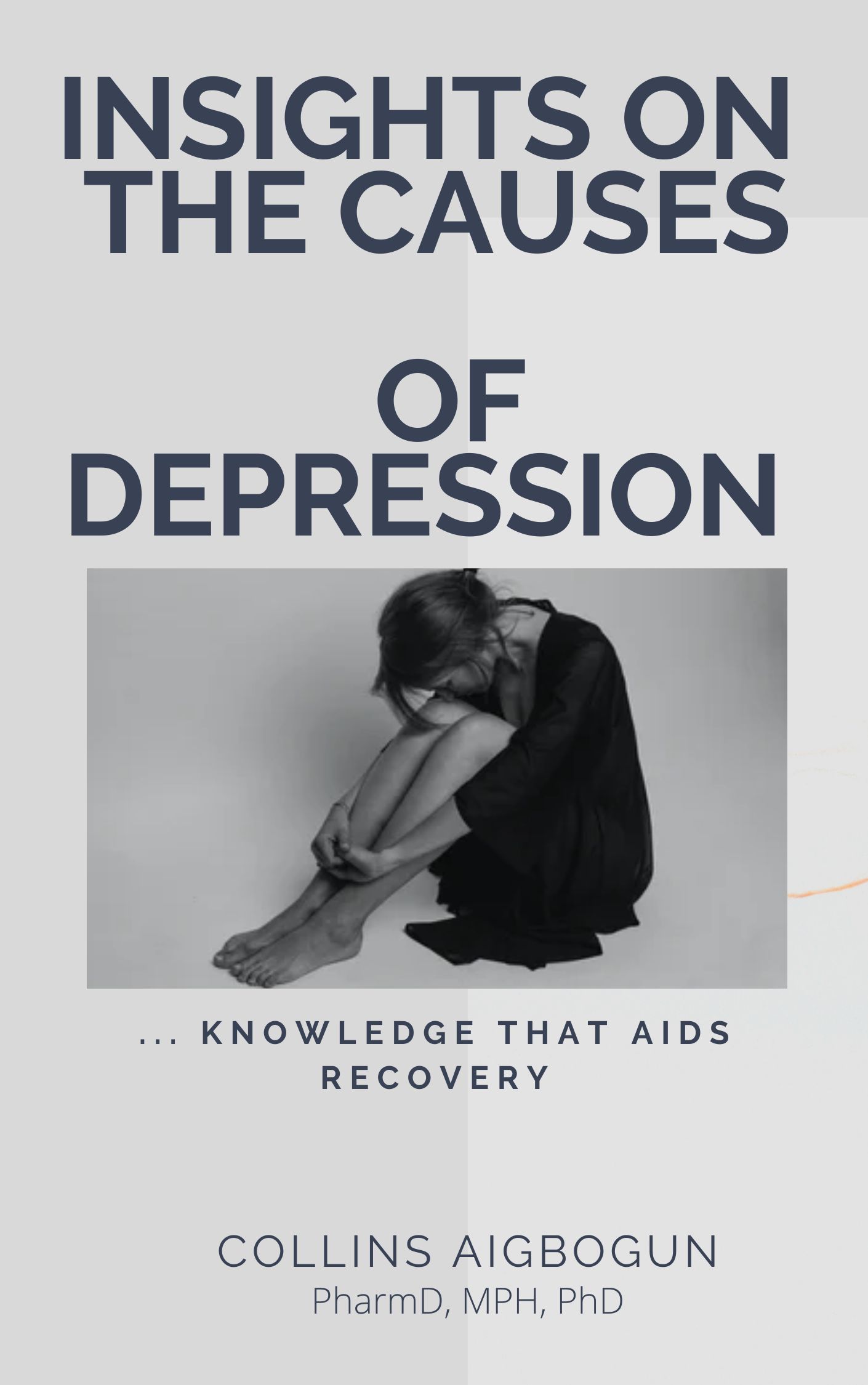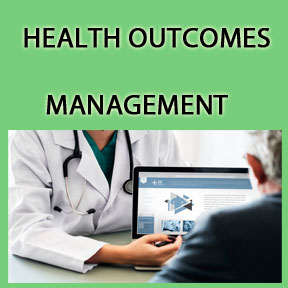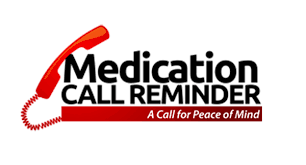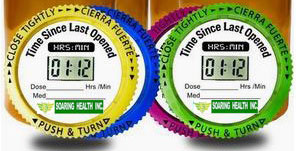How Technology Helps in Drug Safety
According to a recent report, the Food and Drugs Administration (FDA) approved 66 new branded medications. The ultimate goal for the approvals was to help in curing and treating several diseases. The advantage of this is that there are now more opportunities to treat many diseases that were not treatable in the years past. Some persons are quick to argue that the drug companies reformulate old medicines into new chemical structures and brand-names in order to maximize profit. Regardless of the viewpoint of anyone, there is a common denominator of drug safety over time.
DRUG SAFETY IN THE PAST AND PRESENT
The gradual change in the demographics of some developed nations in favor of older people seem to alter the dynamics of many industries including the pharmaceutical industry. For example, in 2010, there were about 40 million people in the United States over the age of 65 (US Bureau of Census, 2016). However, in 2015, there were about 50 million people in the United States over the age of 65 (US Bureau of Census, 2016). This number is expected to increase to 89 million in 2050 (US Bureau of Census, 2016). This means that more medicines and personalized care will be given to this group of patients. Though the drug companies assure the safety of these drugs especially among older persons. The actual safety profile is determined during post-marketing surveillance. Hence, there is need for everyone including older people to show concern for the safety of the medicines.
In the past, data on drug safety or adverse event were reported by patients, physicians, nurses, pharmacists, hospitals and other stakeholders via paper. However, the advent of technology has made it possible for all stakeholders to submit any adverse event or other concern via the computer or the phone into large databases. This is typified by the FDA Sentinel, VEARS, OHDSI, IMEDS and several others. As such, the use of effective post-marketing tools like the PASS can help scientists and medics visualize the trends and signals that are not easy to spot within a large database. All of these are aimed at assuring drug safety as well as enhancing the public health of the society. Click here to receive a FREE guide that can help in drug safety and prevention of adverse drug events.
References
Food and Drug Administration (2016) “Novel Drug Approval for 2015” Retrieved from: http://www.fda.gov/Drugs/DevelopmentApprovalProcess/DrugInnovation/ucm430302.htm
US Bureau of Census (2016) “An Aging Nation: The Older Population in the United States”. Retrieved from: https://www.census.gov/prod/2014pubs/p25-1140.pdf


